Cards
(QUICK LINKS: Decks | plants | mammals | birds | | reptiles | fish | cephalopoda | insects | microbe | events
( scientist | project | modifier | technique |)

Lion
Panthero leo

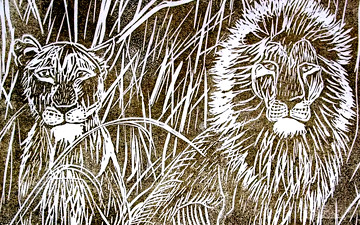
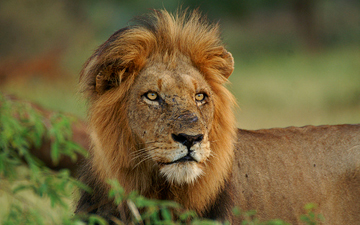
10 POINTS
Play: Leo panthera has a MOVE of 2.
Fact: A unique characteristic of both females and males is that the tail ends in a hairy tuft, which often conceals a hard “spine” or “spur”. The function of the tuft and spine are unknown.

Broadclub Cuttlefish
Sepia latimanus

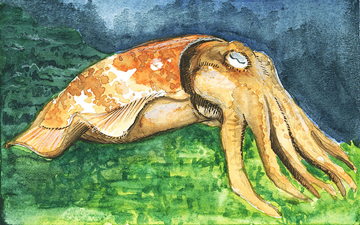

11 POINTS • Sepia latimanus has a MOVE of 2. “It is the most common cuttlefish species on coral reefs, living at a depth of up to 30 m.”

Royal Starling
Cosmopsarus regius

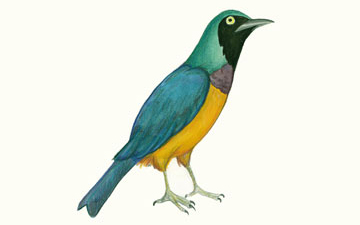
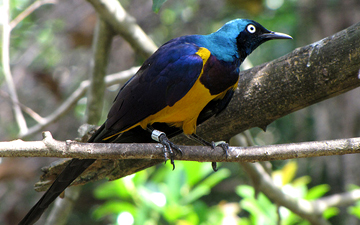
5 POINTS
• Cosmopsarus regius has a FLIGHT of 2.
The eggs of Cosmopsarus regius are light green with red speckles.

Rock Pigeon
Columba livia

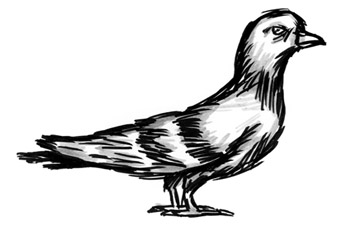
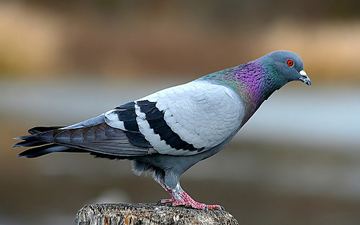
2 POINTS
• Columba livia has a FLIGHT of 3.
• Columba livia is considered to be an INVASIVE species of Aves cards of identical scale and food chain rank.

Muskox
Ovibos moschatus


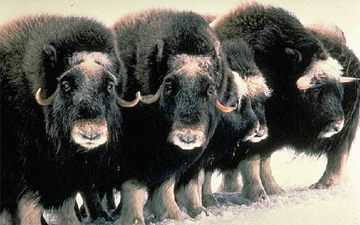
7 POINTS
• Ovibos moschatus has a MOVE of 2.
“When the herd is threatened, the bulls and cows will face outward to form a stationary ring or semicircle around the calves.”

Enterobacteria phage T4
T4 phage


6 POINTS
Play: T4 Phage is a PARASITE of (any) E. coli card.
Play: 2 T4 phage cards played under 1 E. coli card will result in the discard of all 3 cards.
Play: A T4 phage and an E. coli can be played together as a single action.